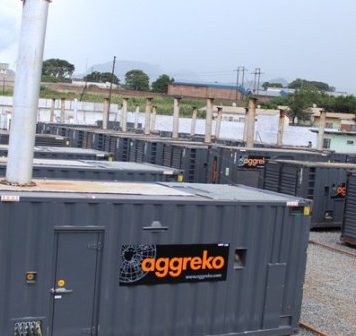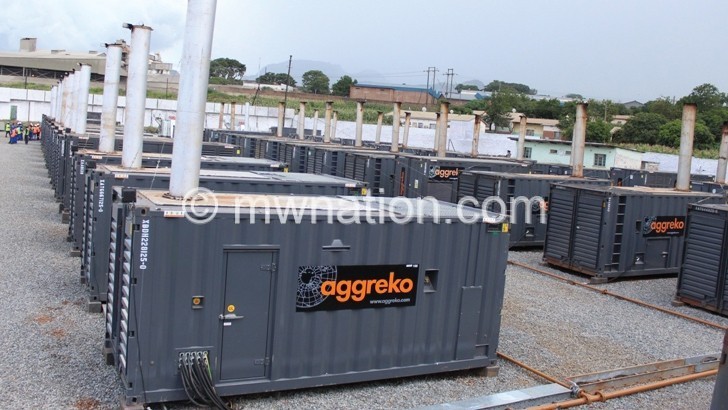
Electricity Generation Company (Egenco) has promised to repair eight of its faulty gensets by end of this month.
About nine gensets both in Blantyre and Lilongwe are faulty and not working, which leads to a loss of 18 megawatts (MW) daily.
Parliamentary Committee on Natural Resources and Climate Change visited an Egenco site at Kanengo in Lilongwe on Friday to appreciate the functionality of the gensets.

The committee also visited Agrekko site within the same site for the same reason.
Speaking during the visit at Kanengo plant, Egenco spokesperson Moses Gwaza said they have bought all necessary spare parts for the gensets.
He said: “In total, we have nine gensets that are not working, but we will repair eight as the other one’s faults are complicated and we need a lot of time. By February 28, we will have all the eight gensets repaired and we will even call the committee to come and see.”
Egenco has 30 gensets out of which nine are not operating, which means only 21 are operational. With the 30 gensets, Egenco was expected to produce 53MW, in addition to the 200MW they generate from hydrostatic energy.
While saying they have to wait for the fulfillment of Egenco’s promise, the committees chairperson Werani Chilenga said there is need for Egenco to devise new technological ways of running their gensets just like Aggreko who have improved technology in running their gensets at Kanengo.
“We have been able to tour the sites they are operating. At Egenco we have found that three gensets are not working, in Blantyre, there were six which were not working. It means nine are not working, translating to a loss of 18 megawatts from all the gensets. We will give them benefit of the doubt to repair by month end, but suffice to say that they need to improve the technology used to run this like their friends at Aggreko are doing,” he said.
Chilenga, whose committee earlier recommended that Aggreko be stripped of its contract to run the 20 generators for being expensive, changed tune after the visit, only calling on Aggrekko to reduce the price they charge for their gensets.
“When we visited Aggrekko, we were more impressed with their performance. They are using advanced technology and they have 20 generators that are all working. They are able to monitor and work, this is one of the technologies we need to embrace as a country,” he said.
The country has been experiencing power blackouts for a long time but for nine months from 2018, the power situation improved but reverted to continued blackouts last September.
In February last year, Electricity Supply Corporation of Malawi (Escom) and Egenco switched off diesel generators that supplemented power supply, citing increased hydro electricity generation resulting from heavy rains the country received early in the year.
In April last year, Malawi signed an agreement that offers the country an opportunity to buy 200MW from the Southern Africa Power Pool (Sapp) once a $127 million (about K94 billion) power interconnection project with Mozambique materialises by 2022.
Besides the Sapp agreement, the country is also buying power from Zambia.
Escom chief executive officer Alexion Chiwaya told members of the committee during one of the visits to its office late last year that the country’s blackouts would end in 2022.
Source: The Nation_February 3, 2020_By Enellesi Nyale
